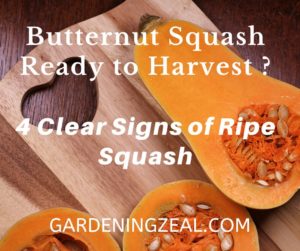Gardeners often inquire ‘Are frogs in garden good or bad?‘
As they like bright green creatures but also get worried due to their presence. Likewise, many gardeners just like you are looking for an authentic answer to this question.
Adding to your good luck you are at the right place to get all about differentiation of frog and toad, straight towards your question ‘are frogs in garden good or bad’ and how you can invite them.
Most importantly read about POISONOUS FROGS to encounter if you find them in the garden and stay safe.
Frog vs Toad Difference – Frogs in Garden
If you have a yard or garden with beautiful green, be ready to host frogs and toads!
No need to be worried about your plants as they are not intended to dine your plants instead, they will help to get rid of insects and assist in many ways.
Just keep exploring!
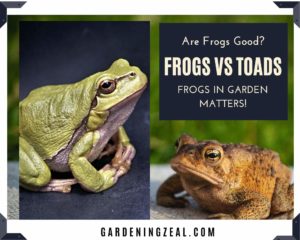
So, before hosting your guests, frogs and toads, just have a brief overview of their habitat, where they like to live and want to eat.
Frogs and toads are amphibians, which means they need both water and land for their survival.
- Frogs are aquatic and prefer a moist environment while toads live on land but near water.
- The skin of frogs is slimy and smooth while toads have dry bumpy skin. These bumps are not going to give you warts.
- Frogs have a narrow body while the body of toads is wider.
- Frogs jump high but toads run or take small hops.
- The eyes of frogs are big round and bulging while toads have small eyes.
- The lifespan of frogs is generally the same. They usually live for about 7-14 years.
- The tongue of the frog is quite longer than the toad that is why a frog can capture prey from a long distance but the toad must be near to its prey.
The size of frogs varies are there are many larger frogs that are extinct now.
The largest Frog is the ‘Goliath Frog’ which is 30cm long approximately 13.5in. It weighs almost 3 kilograms.
According to National Geographic, ‘The Devil Frog of Madagascar’ was once entitled largest frog with 41 cm length and 4.5kilogram weight but is extinct now.
The smallest frog is the ‘Gold Frog’ which is approximately 1 cm long and weighs 200 grams (7 ounces).
Frogs in Garden Good or Bad
Is inviting frogs in the garden good or bad? Do you think they can do bad with your garden?
Definitely NO!
But if they are not doing bad are you going to have any benefit?
Obviously Yes!
Rather than a single, they are going to give you a list of benefits to have them in the garden.
Count them down one by one!
-
Natural Pest Control
Frogs and toads give tremendous pest control services.
In fruit or vegetable garden, insects like flies, mosquitoes, caterpillar, beetles and cockroaches are the main problems not only for plants but also for human beings.
So, frogs serve as a helping hand to get rid of all insects benefiting from harmful disease-carrying mosquitoes, flies and other insects.
As per research, amphibians consume approximately 10,000 insects per summer season.
In this way, all insects vanish without the use of dangerous insecticides or pesticides.
-
Wildlife Conservation
Amphibians especially toads and frogs are severely facing environmental changes as there is a lack of interest of people to consider such animals.
If you allow local frog and toad varieties to your garden, they will reproduce in a healthy ecosystem.
In this way, their population will increase resulting conservation of wildlife.
-
Bio indicators
Frogs are exceptionally good bio-indicators. You can indicate something is wrong in your garden.
As frogs inhabit in healthy environment indicating all is well.
But if you see this tiny creature leaving your place, you must locate where is the problem going on.
They might have a problem with water that you have arranged for them might possibly have any chemical spilled in it or you have placed hazardous chemicals openly.
-
Eco-Friendly – Frogs in Garden are Good!
The environment is facing many problems. If you give amphibians little attention, they will give you huge benefits in return.
When they select your garden to live in, they make it eco-friendly eliminating all risks and hazards.
-
Frogs Good for Gardens and Gardeners
Most importantly, this little jumping creature singing in its soothing sound gives you a relaxing sensation especially when you are busy with pruning or growing new plants.
They will give you perfect company and never let you bore!
-
Children’s Recreation
In addition, to give you company, they are a real source of enjoyment for children. They love to see their jumping skills.
Their life cycle from tadpole to a complete frog is mesmerizing.
Children find outdoor activity rather than sticking to games or cartoons that is healthy for them.
Now, hope so your confusion regarding frogs in the garden are solved. This is not the end of all benefits. These are a few from many.
You can experience it on your own and see much more.
Here is the time to make your garden frog friendly.
Let’s do that!
How to Attract Frogs To Your Garden – Make Garden Frog Friendly
Yes! You can attract frogs to the garden to take many advantages and give them natural habitat to live in.
Let’s see what you can do to invite!
1. Remove Hazardous Chemicals
As frogs are nature-loving creatures and want a natural ecosystem to survive. So, if you want to attract frogs in the garden you must remove all chemicals from the garden.
Even do not use insecticides, pesticides, herbicides or other chemical fertilizers if you want to attract frogs in your garden.
One of the alternatives to fertilizers is you must follow organic gardening techniques.
Use healthy soil and grow companion plants by considering crop rotation.
Keep all hazardous materials, e.g; repellents saved at the right place, out of access to hoping young frogs.
Caution: An important thing to handle any type of frog or toad is your hands must be rinsed before touching it.
Amphibians have porous skin like a sponge. If you handle it carelessly without rinsing bug repellent from hands, it will be absorbed into the frog’s porous body and will poison it.
2. Give Them Shelter
Frogs hide from the sun.
You have to give them a proper shady place to shelter from the scorching heat.
One thing you can do to provide shelter is to line the pond edges with pots or use stones to make a cave-like shelter to hide in.
3. Grow Right Plants
Having frogs in the garden means that you provide the appropriate conditions.
You have to take care of their likes and dislikes.
So, grow plants that are not poisonous to frogs and toads.
If you want to attract frogs in the vegetable garden, you have to avoid eggplant, snow peas and rhubarb in the pond area or any garden vicinity where frogs have access.
In the case of the flower garden, avoid planting daffodils, hydrangea, hyacinth, azalea and honeysuckle.
If you will provide the most appropriate conditions, there will be more frogs and toads in your garden.
Caution: Do not grow Cattail in frog ponds as they are thick-stemmed plants with a high proliferation rate and can crowd pond vegetation.
Reeds, sedges and spike rushes are the best plants to grow in frog ponds as they are plants with thin stems.
Thin and vertical stemmed plants as mentioned above are the best suitable plants.
4. Make a Water Pond
A watery place is essential to invite frogs to your garden because frogs are amphibians and have slimy porous skin to breathe through it.
They need enough water to maintain their skin moisture and lay eggs.
Caution: You may not encourage frogs and toads to stay if you have dogs that enjoy hunting down toads.
As a defence mechanism against predators, most toads release skin secretions that produce a foul-smelling odour and can be toxic to dogs and other animals.
5. Frogs in Garden but No Pond – Other Water Sources
If you are worried about frogs providing water in the garden but not having a pond, use other alternatives.
A spare shallow basin or cemented pot can give you a place for water storage.
Place these pots in a cool shady place and allow frogs to enjoy!
Are All Frogs Poisonous – Don’t Invite Frogs in Garden Unknowingly
Before inviting frogs in your garden, you must research and consider whether all frogs are poisonous? Because definitely, you intend to host friendly frogs rather than poisonous ones.
So, here comes the answer to your question ‘Are all frogs poisonous’ that is ‘NO’. All of the frogs are not poisonous.
Some of the species of frogs and toads are poisonous that you must not have in your garden.
There are more than 4700 species of frogs out of which only about 100 species are poisonous native to tropical and subtropical regions, Africa, Central, and South America.
Likewise, toads in the garden may also be dangerous but fewer species, about 200.
You must be conscious and observe signs of poisonous frogs before rearing in your garden.
Deadly Poisonous Frog
‘Golden Poison Frog’ (Phylobbates teribilis) is the most poisonous frog on earth that belongs to the genus Phyllobates.
The most striking feature of the golden poison frog is, an adult frog has enough poison to kill two mature African Bull Elephants.
Poisonous frogs are dangerous enough to prove fatal.
So, be careful in nurturing frogs and toads in the garden.
Telling you about dangerous frogs doesn’t mean that you can not have them in your garden.
You simply need to be careful and pinpoint any dangerous species if you find something mysterious (although wildlife authority keeps strict observation).
How to Tell If a Frog in Garden is Poisonous?
As you know now that some frogs are poisonous but not all, you can point out poisonous ones by observing the signs.
First of all, appearance defines a poisonous nature.
In the animal world, bright striking color warns you to be alert.
Yes! Poisonous frogs tend to be bright in color but not all bright colored frogs are poisonous. They look like pretty creatures but carefully touch such species as they may injure you.
Invite good frogs in the garden and take care of yourself!


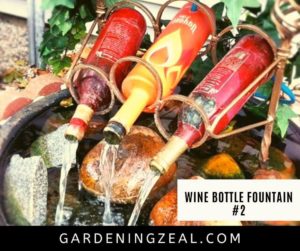
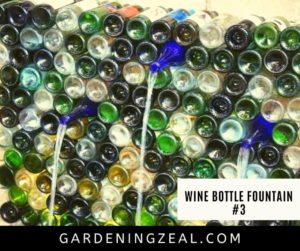
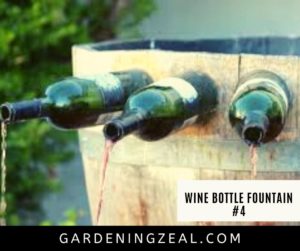










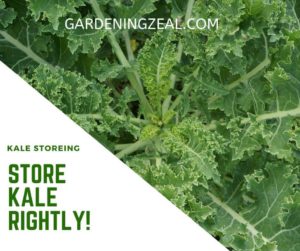

 Buy Squash Recipes eBook
Buy Squash Recipes eBook 